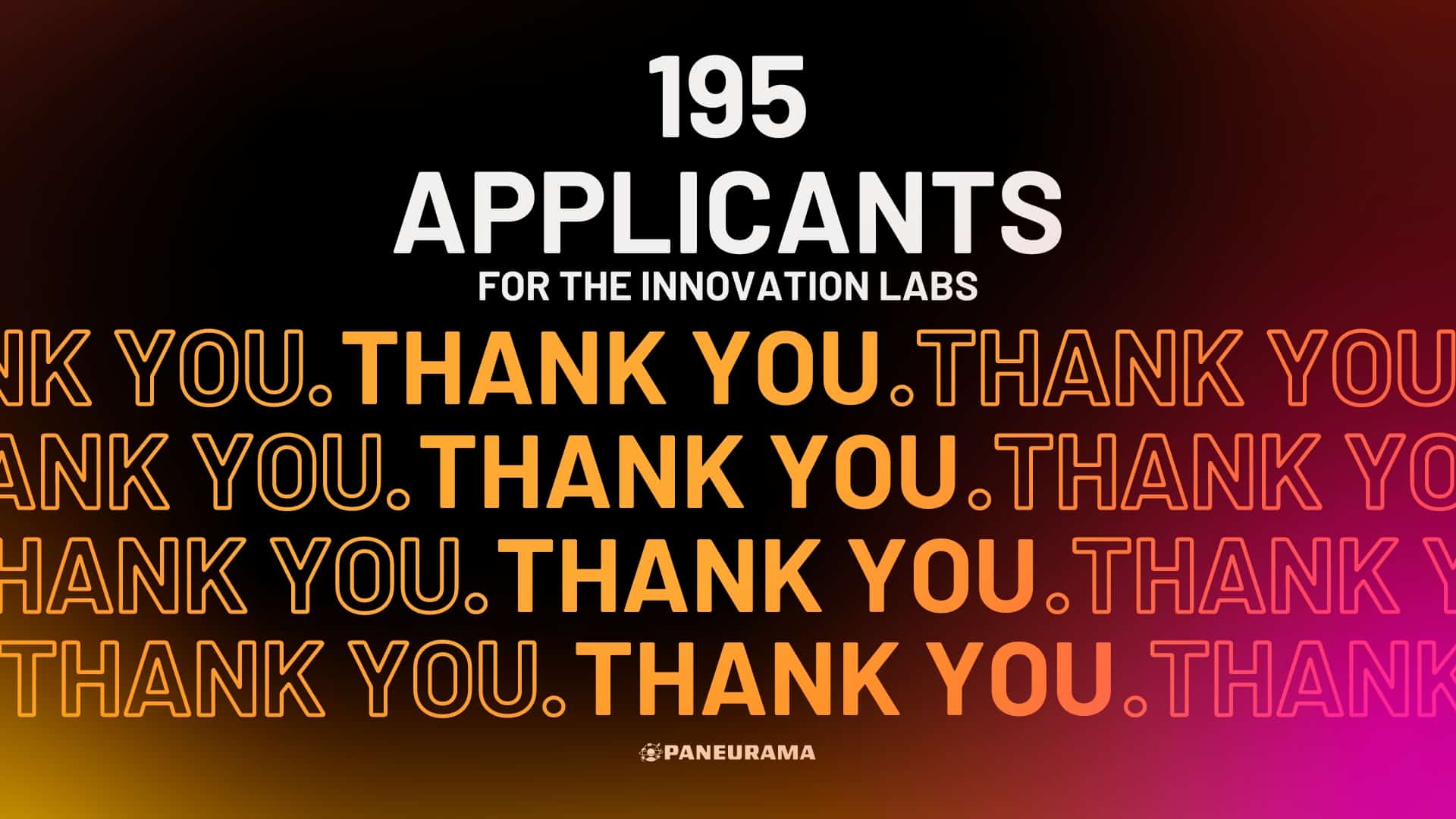We asked our team from the PANEURAMA project to briefly introduce themselves, share the areas they are working on, and respond to some questions addressing current challenges and opportunities in the industry.
We hope you will enjoy reading their insights. The interviewee is Jørgen Jakobsen from CoFlow Visuals ApS

Jørgen Jakobsen
CoFounder and Creative Technologist
@CoFlow Visuals ApS
Q: Can you provide a brief overview of yourself, the industry you work in, and your professional experience?
I’m Jørgen Jakobsen, an electronics engineer, and partner in CoFlow Visuals ApS, a digital studio located in the old state prison in Horsens, Denmark.
I have been so fortunate throughout my career to work in a plethora of exciting industries, and have been doing stuff like programmable LEGO robots and virtual LEGO worlds, offshore wind turbines, countermeasure systems for fighter aircraft, space rockets and satellites, and developed software together with Apple and Google to make it possible to talk to your home.
However, the most giving, fun and satisfying has been the recent 5 years as an entrepreneur, doing VR/AR experiences, animations and all kinds of visual experiences for training, dissemination and entertainment, as well as getting to know the animation and film industry, and all the wonderful people there.
Q: In recent years, what do you consider the most significant changes within your industry? How does it affect you or your company? Could you give some examples?
Some technologies move much faster than you anticipate, and some definitely change at a slower pace than you thought they would. In VR/AR we have kinda great headsets at a good price point, but not yet the thin glasses we hoped would be there by now.
However, huge progression in photo-realistic real-time rendering due to the UE5 engine has already made applications possible, which we estimated would still be years away. We also do real estate visualizations, and by now it’s possible to experience walking around in photo-realistic simulations with lighting and weather and whatnot.
Q: What, in your opinion, are the primary challenges currently faced by the industry?
When we started doing VR/AR for real around 6 years ago, the tools and products were still scarce, and the widespread acceptance and public acceptance was limited.
Though things have moved forward in terms of public and corporate interest (also due to the infamous Metaverse publicity), we still lack the breakthrough products and killer apps that prove the value of VR/AR beyond a fancy gimmick.
All the AI fuzz requires significant time and effort to keep track of, and it’s difficult to underestimate the impact it will have on custom content generation. The really hard part will be to call bullshit on what IS bullshit and keep up to speed with the new opportunities that arise every day.
Q: Could you please identify the most significant opportunities within the industry?
Photo realistic AI-generated content customized to the user. Be it movies, advertising, social interaction, whatever experiences. Kinda scary, but probably not far away.
In the short term, it’s great that Apple has entered the stage with their Vision Pro headset. Though still in its infancy, it will be a game-changer for public acceptance, and ignite a new era of spatial computing.
Q: What do you think are the most important hard skills in your industry?
Know your basic programming, 3D modelling and animation skills and be good at identifying the platforms and tools out there that can make your job easier and more fun.
Q: What recommendations would you offer to educational institutions to foster closer collaboration with the industry? Could you share some examples?
Reach out and offer students and student workers to us to get their feet wet.
Don’t focus too much on specific hard skills in specific tools, but teach the students to draw, write, learn and adapt.
Q: As an industry representative, what do you think companies should focus more on to better prepare young artists for their careers?
We should let students in, just to hang out, play, learn and have fun with our facilities and gear and stuff. We’ll all gain from that.
Q: What do you think are the most important soft skills in the industry, and could you give some advice on how to develop them?
Collaboration, adaptability, time management, problem-solving, curiosity, attention to the bigger picture i.e. the business, openness to feedback, empathy and positive attitude.
And ASK if you are in doubt or just curious. People in general love to explain what they do and love.
Q: Could you provide suggestions or recommendations for students and graduates aiming to succeed in the current market?
Play around with all kinds of styles, technologies and partners. Change jobs regularly. You learn everywhere, and there are so many ways to do things.
Developing and honing soft skills alongside technical skills can greatly contribute to a successful career.

